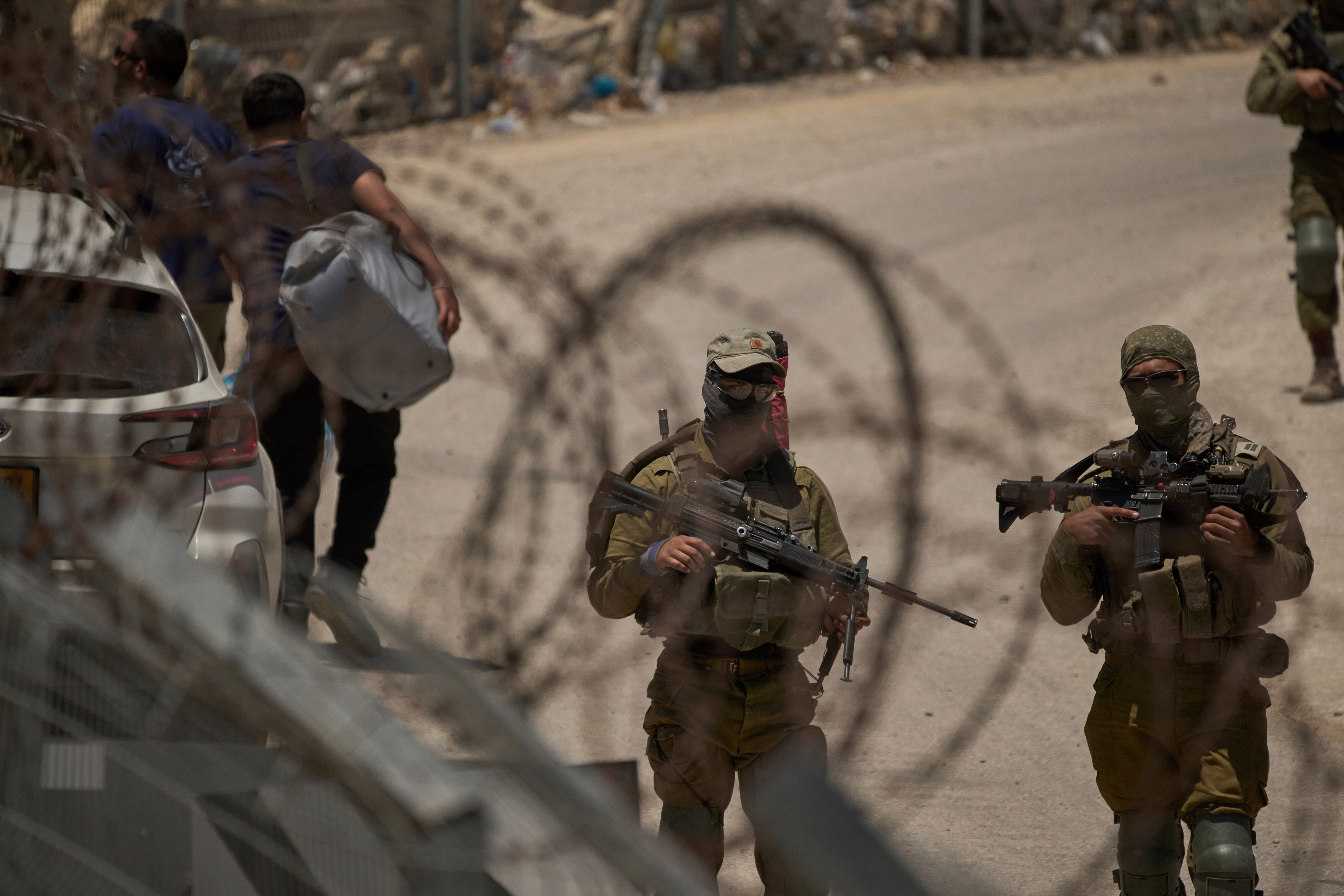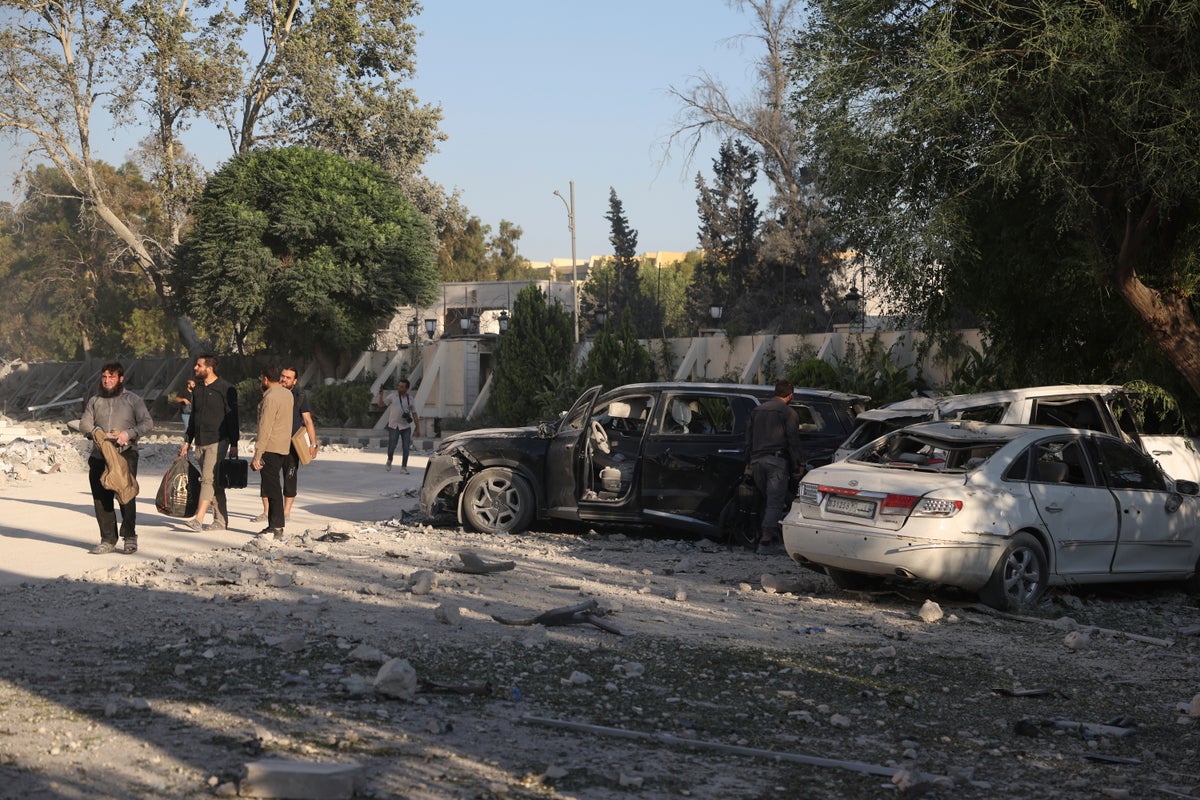Syria’s Islamist-led government has begun deploying internal security forces in Sweida, a predominantly Druze area, following intense bloodshed that has claimed hundreds of lives.
The deployment, confirmed by the interior ministry spokesperson on Saturday, coincides with an urgent call from the Syrian presidency for an immediate and comprehensive ceasefire, urging all parties to commit to ending hostilities across all areas.
The internal developments come as US envoy Tom Barrack announced on Friday that Syria and Israel had agreed to a ceasefire.
Israel had intervened in the conflict earlier this week, hitting government forces and the defence ministry building in Damascus, while declaring support for the Druze minority.
Barrack, who serves as both Washington’s Syria envoy and ambassador to Turkey, stated the ceasefire is supported by Turkey, Jordan, and other neighbouring countries.
Syria’s Sweida province has been engulfed by nearly a week of violence which began with clashes between Bedouin fighters and Druze factions, before drawing in government security forces that were sent to the area by Damascus.

Barrack said Israel and Syria had agreed to a ceasefire and called on Druze, Bedouins and Sunnis to put down their weapons “and together with other minorities build a new and united Syrian identity”.
Israel has said it aims to protect Syria’s Druze minority while also saying it wants areas of south Syria near its border to remain demilitarised. Interim President Ahmed al-Sharaa has accused Israel of seeking to sow division among Syrians.
On Friday, an Israeli official said Israel agreed to allow Syrian forces limited access to the Sweida area for the next two days.
The Druze religious sect began as a 10th-century offshoot of Ismailism, a branch of Shiite Islam. More than half of the roughly 1 million Druze worldwide live in Syria.
Most of the other Druze live in Lebanon and Israel, including in the Golan Heights, which Israel captured from Syria in the 1967 Mideast War and annexed in 1981.





